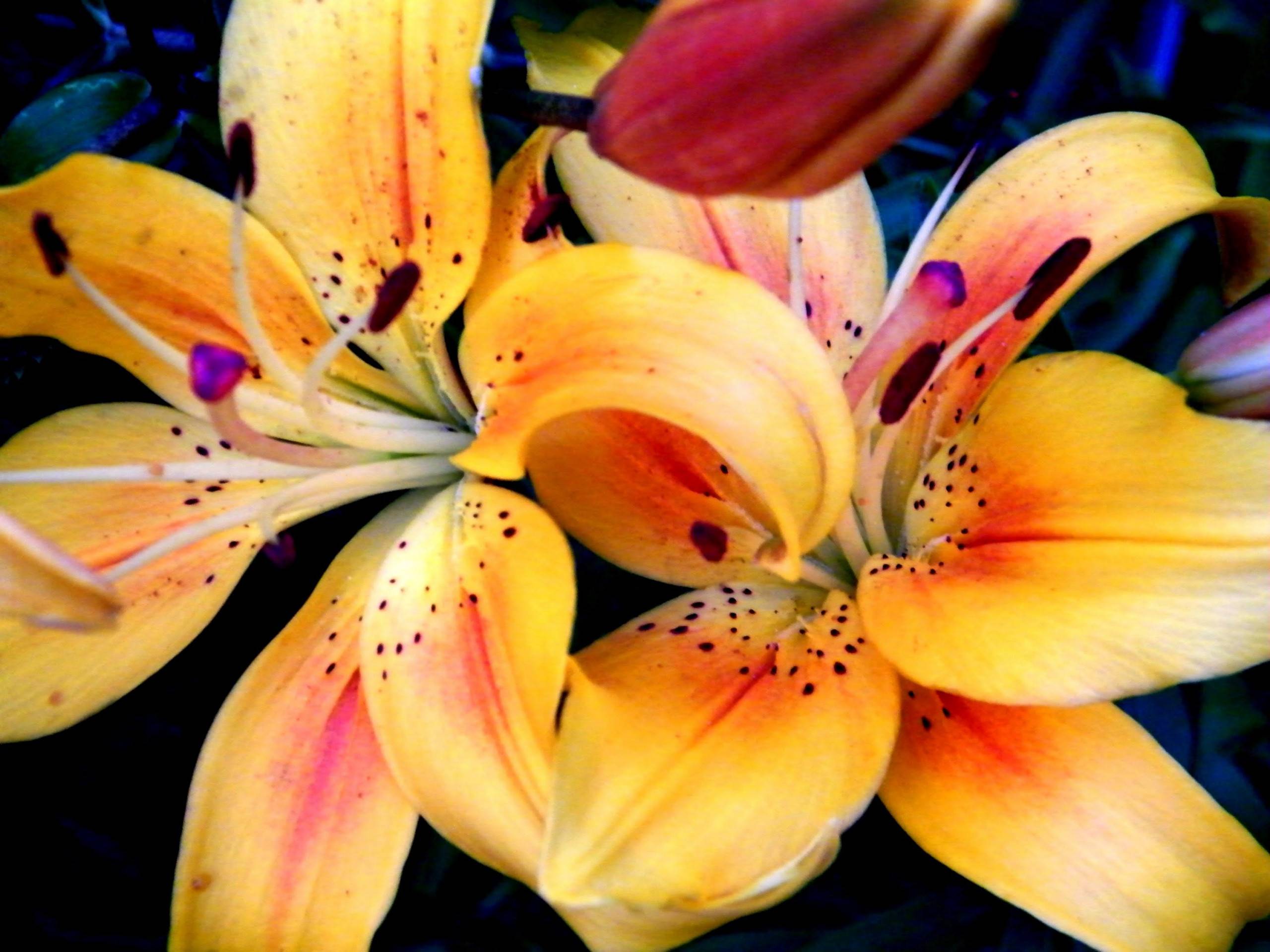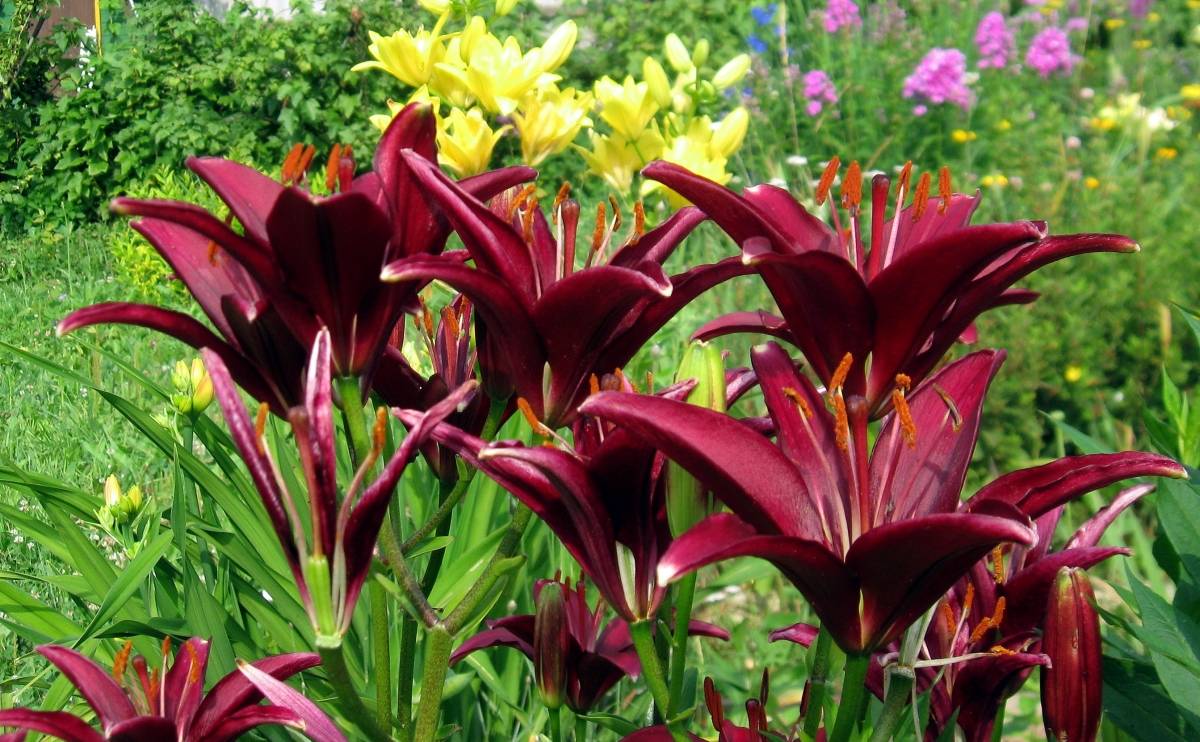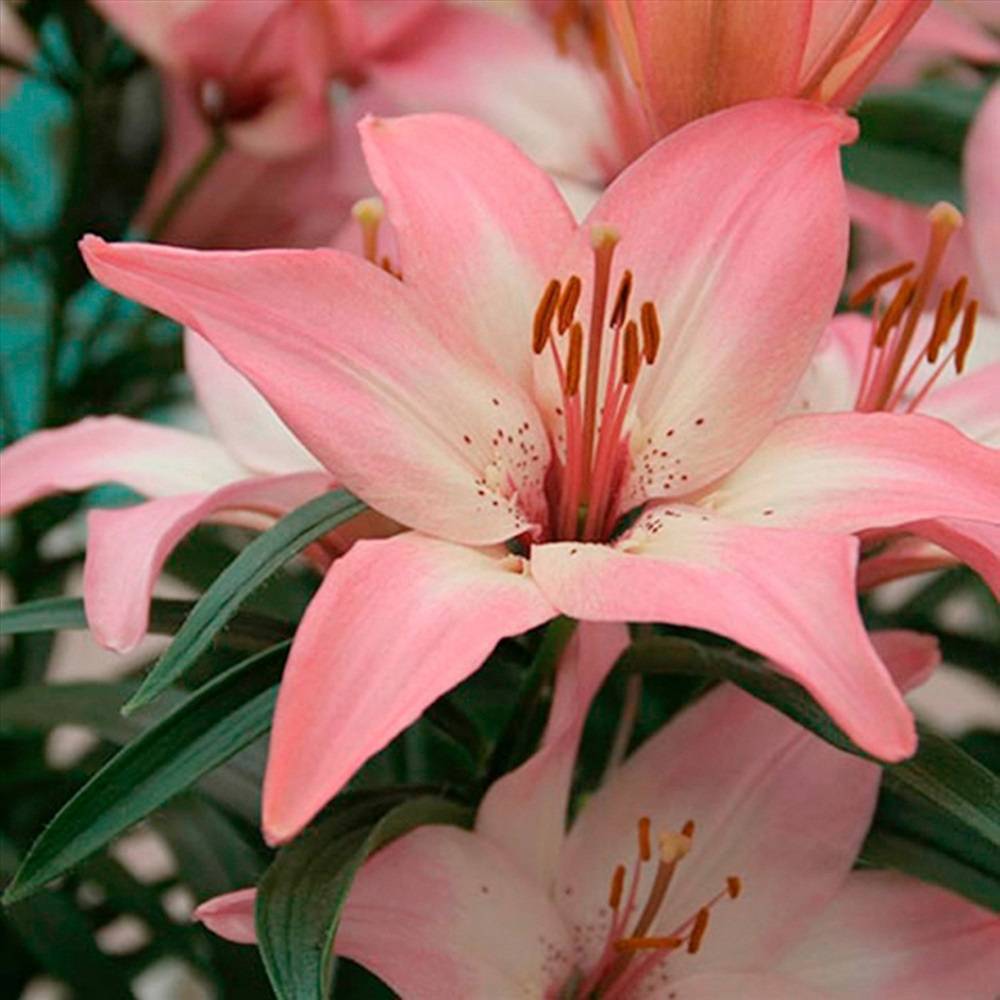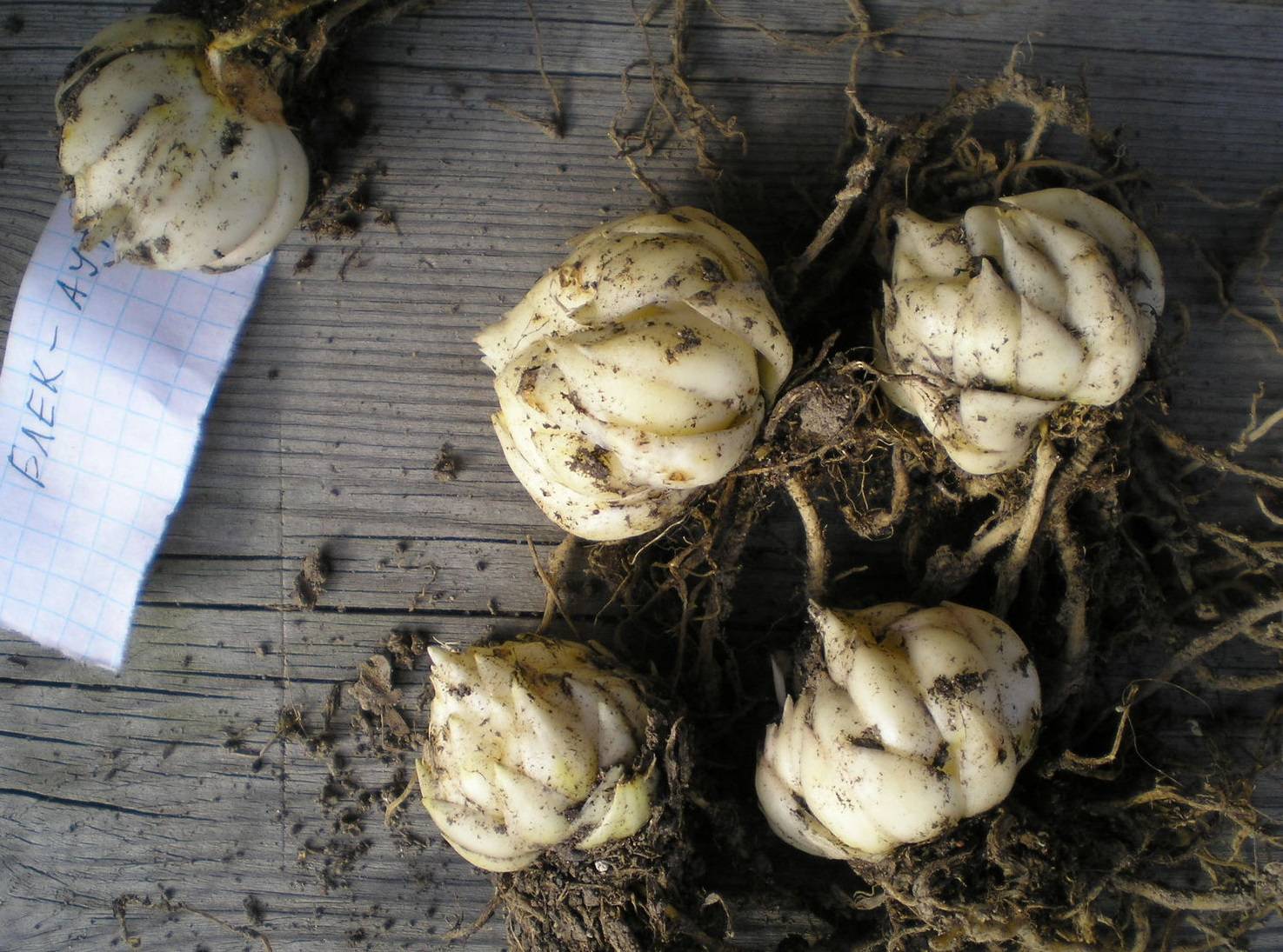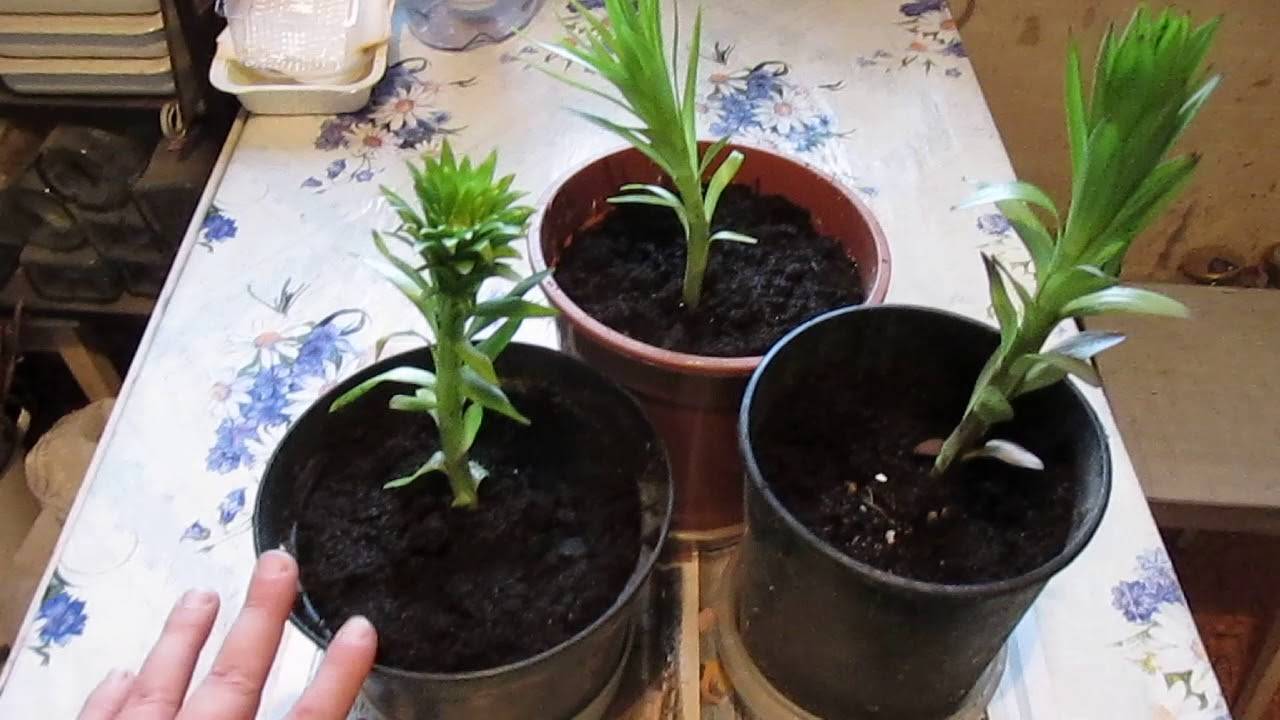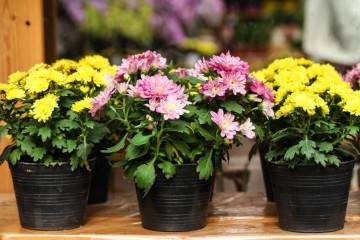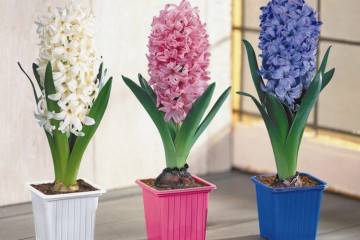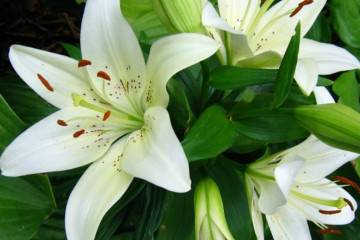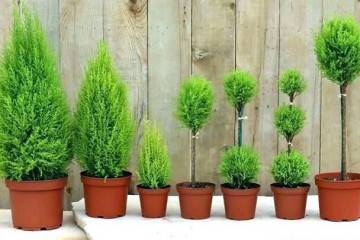Lily in a pot - home care
Content:
If you learn how to grow lilies at home, you can enjoy their beauty all the time. For a long time it was believed that these plants are from the northern hemisphere, but this flower was described in ancient Egypt. At that time, such flowers personified the divine power of the gods, especially the god Horus, who was believed to have spawned the Egyptian civilization. Lilies were so valuable that only kings used them to decorate their palaces. Since the Middle Ages, they have represented purity and chastity, as well as feminine beauty.
Lily in a pot
Lilies are a type of flower that can usually be seen when the sun and heat season comes. They stand out for their vibrant colors and shapes. Today it is one of the most popular flowers in the world. In addition, due to its symbolism, it occupies an important place in the folk culture of a number of countries. For this reason, many people around the world want to know how to grow lilies at home.
Lily bulbous indoor
It is ideal for both indoor and outdoor cultivation. Novice gardeners can easily plant it at home. It is a very hardy plant, adapted to different types of climates.
By all accounts, oriental hybrids have the most beautiful, unusually large and fragrant flowers. The assortment of lilies includes 10% of oriental hybrids. The varieties with flattened flowers are very popular.
Crossbreeding made it possible to breed not only attractive, but also viable plants. Instead of capricious varieties that require a lot of attention, it has now become possible to grow lilies without any wintering in Central Russia.
Flowering begins earlier than other varieties, the flowers are star-shaped, large, with noticeable papillae and a strong aroma. The color is usually pink, white or crimson, sometimes there is a contrasting golden stripe in the middle of the petals.
White lily home
Although it is a very hardy plant, there is always a species that is more suitable for certain conditions. Therefore, the climate and soil must be taken into account in order to select the specific cultivar that best suits the conditions.
The white house potted lily, for example, is one of the more adaptable species. It grows in temperate climates and is very easy to grow and care for. Adapts very well to areas with intense sunlight.
Lily asiatic indoor
This species is best adapted to various conditions and is very easy to care for. Ideal for temperate climates. It blooms poorly if it doesn't get enough water during the hottest months of the year. For this reason, it is necessary to know the soil and climate conditions in order to be able to choose the most suitable variety for growing.
How many lilies bloom
These frost-resistant flowers are not difficult to grow, they are adapted to a wide range of climates, as they tolerate drought well enough and do not require special care.The petals can vary in color, from purple to white with yellow spots.
For example, the Amazonian lily (Eucharis, Latin name - Eucharis) can bloom even at Christmas, although this does not happen often. The buds appear in February-March, the flowers open in turn, each one lives for about a week, the entire inflorescence lasts for three weeks.
How to plant a lily bulb in a pot
Most of these plants will survive better if planted in late summer. This is because they are given the opportunity to take root as long as there is enough sunlight to stimulate their growth. It also allows them to survive the winter.
Agrotechnology of planting home lily bulbs in a pot
It is a plant that requires a good amount of sunlight for full development. Usually these bright beauties tolerate sunlight better than other flowers. However, you can plant them in a location where they get morning light, or in a location that has the sun in the afternoon.
It is desirable that the place that has been chosen for planting the plant has good drainage. This is necessary so that excess water does not lead to decay of the plant roots. A neutral and slightly acidic soil is most recommended for lilies. It is desirable that the Ph is 6.8 or 7.
When to plant bulbs
July and August are the best months to plant. Most lilies respond best when planted no later than early fall. This will give the plant a chance to root while there is still enough sunlight to stimulate growth to survive the winter.
In areas with long summers and mild winters, you can plant plants in September and even October. In these cases, there is usually enough sunlight at this time of year to stimulate the plant's roots to grow before winter.
How to grow lilies in a pot of bulbs
Lilies are plants that thrive best when their rhizome is slightly exposed to air. This means planting the lily at a shallow depth and in such a way that its roots can extend below the rhizome.
In very hot climates, it is recommended to cover the rhizome with a thin layer of soil. Two centimeters thick will be enough to prevent the plant from drying out.
As soon as planting is done, you need to water the plant with plenty of water. If the weather is dry, water the flower seven days a week, in the morning or at night.
How to grow lilies in a pot from seeds
Without a doubt, the best place to plant lilies is in the garden. However, before you start planting them, you need to choose a very good place: the soil should be easy to drain and there should be a lot of light in this place without direct sunlight.
Be sure to loosen the soil by 30-40 cm and prepare the substrate. It is very beneficial to plant lilies on the bedding of crops as it improves soil drainage.
Having prepared the pit, it is necessary to plant the rhizomes, leaving space between the plants. These flowers tend to grow in clusters and compete for nutrients. However, even with this space, they can overflow a large pot after a few years. If this happens, it is necessary to remove the rhizomes and transplant them at a greater distance.
Lily at home: care
Lilies can be a good option for those looking to start creating their own mini-garden in the room. Therefore, it is the best alternative to more complex and delicate plants that require a lot of experience, materials and resources.
Air humidity
A tropical plant requires high humidity. To solve the problem of dry air, the pot must be placed on a layer of expanded clay. You can also use a humidifier.
Air temperature
Generally, this plant adapts very well to any climate, but some varieties are better suited to certain climatic conditions. The standard temperature is 18-22 degrees.
Lily care during dormancy
After the end of autumn, the number of dead stems and leaves should be reduced.
In winter, the rhizome and plant should be protected from the cold. This only applies to garden varieties grown in areas where there is a lot of snow, which can damage the rhizomes. If the winter is not too cold, then a very thin layer of mulch with pine branches can be spread out. Do not overdo your mulch during this season as it can lead to more moisture retention.
How to feed after flowering
It is necessary to keep the plant fertilized to keep the roots fresh. The use of nitrogen-rich fertilizers that can cause rotting should be avoided. General purpose fertilizers should be used, and phosphate-based nutrients can also be used.
Diseases and pests of domestic lily
This plant is very prone to attack by insects, diseases and even animals, the most common of which are those described below.
Larvae, slugs and beetles
The pests feed on the plant, as indicated by the small holes in the leaves. You can get rid of these small insects by using insecticides, preferably organic ones. It will be easy to eliminate pests with essential oils and natural repellents.
In more serious cases, contact and systemic insecticides should be used. You also need to cover the soil with an insecticide to kill the larvae below the surface.
Fungi
They can damage the leaves as they cause white spots. This can be caused by excess moisture and heat. Fungi can be eliminated by spraying them with a mixture of water and sodium bicarbonate weekly.
Home lily turn yellow leaves
After the lilies have bloomed, it is not advisable to cut the leaves, unless they are clearly in poor condition.
There are three main reasons for yellowing:
- improperly selected soil;
- dry air;
- direct rays of the sun.
Why does the indoor lily not bloom?
If no buds appear on the flower, there are many reasons for this. The soil may be lacking nutrients or watering has been insufficient. Some varieties do not tolerate the lack of sunshine very well. The plant will not bloom if not properly cared for.
How to plant lilies
Not all gardeners know how to plant a lily correctly. One of the often repeated tips is that it is not recommended to plant them next to other types of flowers, as they require a lot of nutrients.
There is another reason, namely: if there is another type of tall and large plants nearby, then they can block the light that is necessary for flowering. So it is better to give some of the soil only to the lilies.
Planting can only be carried out during a dormant period.It is very easy to understand how and why to plant lilies in the fall - otherwise the plant will hurt and will not be able to bloom.
Transplanting indoor lilies
The substrate should be easy to drain and very organic. Tips on how to plant lilies: If you notice that the soil is very clayey or hard, you can use leaves, humus or organic matter to enrich the soil and drain it easily.
It is very important to look for a pot with holes in the bottom so that excess water will drain quickly. The diameter of the pot should be 30 cm, and for small lilies, 18 cm may be suitable.
When and how to divide the bulbs
Lilies are usually planted for their delightful bloom, which they decorate the room with. So it is quite natural to want to propagate such a home garden.
The easiest way to propagate a plant is by dividing the nest of the bulbs. The mother bulb forms daughter ones every year, which take root and form new stems. You need to repot the bulbs approximately every 3-4 years. The best time to separate is one month after the plants have faded.
A rare home flower pleases as much as a lily. It is ideal for both beginners and experienced gardeners as it is easy to maintain. Lily blossoms will transform any room and fill it with a pleasant aroma.
